Each of the plants has its own unique beauty. However, among them, those cultures stand out that are most popular with florists and gardeners. It is to such plants that begonia elatior belongs.
Content
Features of begonia eliator
Begonia is an ornamental plant that is a perennial. In nature, it is found in the highlands of tropical hot forests. This plant has a characteristic feature - this is a pronounced asymmetry of the leaf plates. The flowers of this plant are splendid and highly decorative. This plant is cultivated both indoors and in the garden.
The genus got its name in honor of its discoverer - Begon. Under natural conditions, this plant has been found in South America, India and Africa. Begonia was first discovered and described in the Antilles. At the moment, there are only 6 species of this plant, however, thanks to the efforts of breeders, more than one thousand different varieties have already appeared. But among all this variety, there are no tall and medium-sized varieties. The bushes are quite low, and therefore they are most often used to decorate rooms. This ornamental plant is often used as a climbing culture. Begonia eliator is a spectacular bush with lush flowers. This is what explains the high popularity of this plant.
Scientists have found that such a flower is able to cleanse the air from pathogenic microbes. It secretes phytoncides that fight staphylococcus most effectively. It is because of this that you can increasingly meet begonias in kindergartens and medical institutions.
The most vigorous varieties of this plant reach a height of 25 to 37 centimeters. Medium-sized varieties include those whose height varies from 15 to 18 centimeters. Low-growing bushes are only 8-15 centimeters high. Breeders managed to breed varieties:
- with a shrub structure;
- with upright shoots;
- with climbing stems.
Even a variety has been developed that is capable of blooming all year round, but in mid-latitudes it cannot be cultivated in open ground. Such a plant needs warmth throughout the year.
Begonia is divided into three main categories:
- bush - has no pronounced specificity;
- deciduous ornamental - leaf plates are medium or large, and they are decorated with wide stripes;
- tuberous - in this group, representatives differ from each other only in flowers and shoots.
Interestingly, this plant is capable of forming a different root system. And what kind of root system the bush will have depends on the growing conditions. For example, when growing begonias outdoors, tubers are formed. A bush that grows indoors has fibrous or rhizome roots. In those specimens in which tubers are formed, the most powerful and tall shoots grow. And flowers with a fibrous or rhizome root system are ideal for planting in decorative baskets.
Elatior begonia care at home
Illumination
In order for begonia elatior to bloom luxuriantly and develop well, it needs a large amount of bright sunlight, but at the same time it must be diffused. Window sills of western or eastern orientation are best suited for such a flower. The fact is that on the southern window, due to excessively bright lighting, burns may form on the surface of the foliage, and the northern window sill is not suitable because there is very little light there. Remember that light shading is best for this crop.
In cold weather, when the sun is no longer shining so brightly, begonia can develop well only with the use of additional supplementary lighting. Remember that the bush should be taught to brighter lighting gradually, otherwise burns may form on its foliage, which has an extremely negative effect on the decorativeness of the plant. And if the plant is still young and immature, then the rapid increase in illumination can cause its death.
Temperature regime
For such begonias, an air temperature of 21-25 degrees is ideal. Please note that it should be warm at all times. If the bush stays even for a very short time in the cold, then it can be very badly damaged. In this regard, protect the flower from low temperatures.
Cold drafts can also severely harm the plant, and the temperature difference can be very small (2-3 degrees).
Transfer
Experienced flower growers advise replanting begonias only if you cannot do without it. If you just bought a flower in a store, then take its transplant seriously, while taking into account all the requirements and recommendations. In this case, you will be able to avoid transplanting an adult bush in the future. Please note that the root system of begonia is very sensitive, and even if it receives minor damage during transplantation, this can lead to the death of the flower.
A store-bought bush should be transplanted from a shipping container into a permanent one only after it has completely bloomed. But sometimes it happens that you have to transplant begonia earlier than recommended by experts. In this case, you should be even more careful and careful. Step-by-step description of the transplant procedure:
- When 4 to 6 hours remain before transplanting, be sure to water the substrate well in the flower pot.
- Take a new pot and make a good drainage layer on the bottom. For this, it is recommended to use sphagnum moss mixed with expanded clay.
- Then the drainage layer is covered with a small layer of a prepared soil mixture. Please note that even if you bought the substrate in the store, it still needs to be disinfected, for example, calcined in the oven. The layer of soil mixture should be such that, after transplanting, the bush is in the new container at the same level as in the old pot.
- Begonia is transplanted using the transshipment method. For this, the flower is very carefully removed from the old container, trying to keep the earthen lump as intact as possible.
- Place the plant in a new pot and carefully fill any voids with fresh earth mixture.
- Compact the surface of the substrate and water the bush. It is not necessary to water the plant too abundantly.
Please note that even if you transplant the bush very carefully, it will still hurt for a long time. Therefore, before the transplant, you need to think carefully again, it may be possible to do without this procedure.
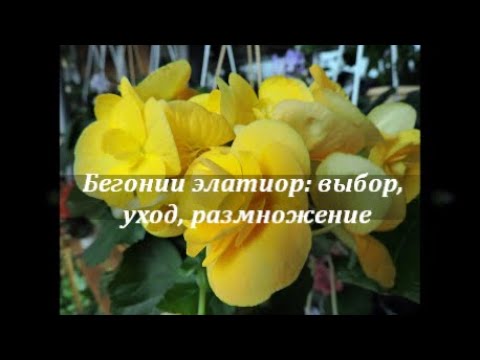

Watch this video on YouTube
Fertilizer
They begin to feed this culture only when the first buds are formed on the bush. Moreover, you do not need to wait until the entire bush is covered with flowers; it is recommended to apply fertilizer already at the beginning of the budding period. It is best to use a complex fertilizer in liquid form for feeding. It is mixed with water for irrigation once every 10 days and carefully poured under the root of the flower. Systematic dressing allows you to achieve more abundant and effective flowering.
In winter, after the bush has completely bloomed, it is strictly forbidden to feed it. Because of this, the dormancy of the plant can be disturbed. And sometimes feeding during the dormant period leads to his death.
You can feed the plant with a mixture of potassium and phosphorus. And such feeding is carried out once every 2 weeks, immediately after the beginning of flowering. Experts say that thanks to this feeding, the decorativeness of the plant increases during the flowering period, and it looks healthier.
How to water
Watering is an important part of indoor begonia care. In order for it to feel good and develop within normal limits, it is necessary to monitor the moisture content of the substrate in the pot, which should be optimal. Also, make sure that no liquid stagnates in the soil mixture, as this can extremely negatively affect the condition of the flower. It should be borne in mind that stagnation of liquid in the pot is dangerous for the plant at any time of the year.
In the summer, the bush is watered more abundantly. If at this time he will feel a lack of water, then this will negatively affect his development. After watering, make sure that all excess liquid flows into the sump, from which it must be poured.
Experienced florists are confident that watering should be done at a certain time. For example, if today you water a bush in the afternoon, and next time in the morning, then it will not be able to tune in well for the upcoming watering. Therefore, it is necessary to water the flower strictly at the same time (an error of a quarter of an hour is allowed).
In the warm season, watering elatior begonias is carried out at least once every three days. On especially hot days, watering is carried out immediately after the top layer of the soil mixture in the pot has dried. After the fall comes, the amount of watering should be reduced. With the onset of the cold season, the begonia begins a dormant period. During this period, you need to water the bush even less often.
The resting period of this flower does not end with the onset of calendar spring or after an increase in the length of daylight hours. Only after warm weather settles on the street, the bush is "woken up" by gradually increasing the frequency and abundance of watering.
For irrigation, you can only use water that is slightly above room temperature. If desired, you can use pre-boiled water. Pour the liquid into the pot very carefully to avoid erosion of the soil mixture.
Pruning
As a rule, growers try to keep the begonia bush compact and lush. To achieve this, he should pinch off the top. Thanks to this, the growth of lateral shoots and young foliage is activated. It is necessary to pinch the top in the spring. And if during the growing season you notice that the stems are very elongated, then their tops are also pinched.
Despite the fact that begonia is a perennial, it ages very quickly and loses its decorative effect.Do not forget to regularly clean the bush from wilting flowers and old leaf plates. If this rule is neglected, then this will not only negatively affect the decorative effect of the bush, but also weaken it, since unnecessary flowers and leaves will draw water and nutrients from it. In order to better ventilate the surface of the substrate, it is recommended to remove some of the lower leaves.
Experienced flower growers advise, be sure to think over the scheme for shaping the bush while it is still very young. After the stem reaches 60–70 mm in height, the upper part is necessarily pinched, in this case the formation of lateral shoots will significantly improve. After the time comes, a gradual decrease in the frequency and abundance of watering is carried out. Try to provide the flower with suitable conditions and good care before the growing season.
The pinching of the tops of the lateral shoots is carried out immediately after their height is 10 centimeters. However, do not pinch the shoots under or level with the outward-facing bud.
This is the formation of young bushes. With further care, you will only have to shorten excessively long shoots and remove dried stems if necessary.
Bloom
Growing warm and well cared for, begonia blooms luxuriantly and for a very long time. But this is possible only if at the very beginning of budding all female buds are removed.
The graceful and very showy flowers of this plant are outwardly similar to a rose or a carnation. In order for the bush to bloom systematically, you need:
- timely rejuvenate it;
- if necessary, transplant it into a new pot;
- replace the substrate with a new one (this allows you to get rid of decaying particles of the rhizome remaining in the soil mixture).
Reproduction methods
Growing from seeds
Elatior begonia can be propagated by seed. December is best suited for sowing seeds, but also, if absolutely necessary, it can be carried out in the second half of autumn. The seed material of this plant is highly susceptible to adverse factors, therefore it is not recommended to add additional substrates to the soil for sowing.
Seed material, experts advise, to buy in a flower shop and it is better if it is granular, since it is much easier to work with it. Soak the seeds for 30–45 minutes. in a pinkish solution of potassium permanganate, rinse in clean water and plant in pre-moistened peat tablets. The tablets are placed in a tray, and on top they are covered with film or glass. Remember to regularly pour clean water into the sump. Remember that the tablets should be slightly damp at all times. Also, crops must be kept warm (20-22 degrees).
As a rule, the first seedlings appear 2-3 weeks after sowing. The plants are planted in separate pots when they have a third true leaf blade. The second time they dive at about the eighth week of growth. Fortified seedlings are planted in separate pots and gradually accustomed to sunlight. To begin with, they are placed on a well-lit windowsill only in the morning.
Reproduction by leaf or cuttings
For harvesting cuttings or leaves necessary for reproduction, an absolutely healthy, strong and adult bush is used. In height, it must reach at least 12 centimeters. The stem or leaf cutting is rooted in a peat or sandy substrate. Remember to keep the substrate slightly damp. Phytohormones are used to accelerate the emergence of roots.
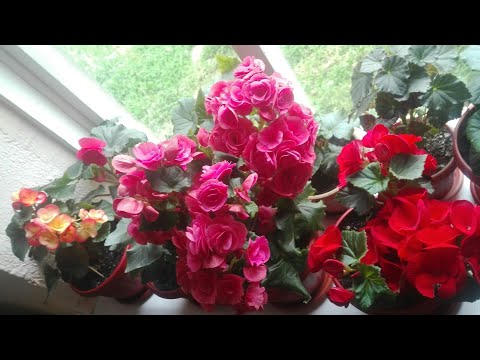

Watch this video on YouTube
Diseases and pests
Diseases
Begonia elatior can get sick with powdery mildew. In this case, very small specks of light color are formed on the surface of its foliage. There is a gradual darkening of the leaves and their drying. You can process the bush with a solution of tar soap (20 grams for 1 liter of water) or copper sulfate (2 grams for 1 liter of water). You can also use a solution of a fungicidal preparation.
If whitish spots with a slight grayish bloom appear on the bush, this means that it is affected by gray rot. The spots gradually darken and become brown and damp. Treat the diseased bush with a solution of Bordeaux liquid (1%) or any fungicidal preparation.
If the plant is affected by bacterial or ring spot, then it must be destroyed, and the pot must be thoroughly disinfected.
Pests
If a false shield settles on a begonia, it will begin to weaken and bloom poorly. At the same time, the foliage becomes faded and deformed. You can get rid of this pest by treating it with an infusion of garlic (the flower is sprayed once every 15 days).
To get rid of aphids, the flower is sprayed with a solution of tobacco infusion (two percent). Moreover, you need to withstand the infusion for two days. You can also use a 2–3% solution of laundry soap. You can also treat the bush with an insecticidal agent.
Types of begonia elatior with photo
Borias
Among all varieties of elatior begonias, the "Borias" variety stands out. It is one of the highly decorative plants, and at the same time it is notable for its low demands on care and growing conditions. The bush blooms every six months and this is quite unusual for such a plant. The second time the bush is covered with flowers in the cold season, and at this time, most other indoor plants have a dormant period. However, in order for the bush to bloom twice a year, it should be properly cared for.
The plant of this variety reaches a height of no more than 40 centimeters. Thick shoots adorn asymmetrical heart-shaped leaf plates. The color of the front surface of the foliage is bright green, and the purl is pale green and veins are clearly distinguishable on it. Flowers can be regular or double, as a rule, they are painted in 2 different color shades.
Charisma
The varietal group of begonia "Charisma" also stands out. It includes only low-growing varieties with glossy green leaves. During flowering, very spectacular double inflorescences are formed, which can be colored in dark salmon, salmon pink, dark pink and reddish orange.
Baladin
The height of the bush of this plant can reach about 30 centimeters. A distinctive feature of this variety is that it blooms very luxuriantly (up to seventy flowers can open on one bush). And all of these flowers can be painted in different shades, for example: red, carmine red and pale pink. That is why this variety is often called "Bouquet in a Pot". Remember that you should not touch the flowers, as this can cause staining of the skin of the hands.
Annabelle
This variety has an average height of bushes. The yellow showy flowers are double. This flower is perfect for cultivation both in the garden and at home. Long bloom (November to July).
Azotus
The bush itself is small, and it can only be grown at home. However, during flowering, spectacular and rather large double flowers of a pink hue open up on it.
Bellona
This plant has stems about 40 centimeters high. During flowering, they are decorated with flowers of a deep red hue. This variety can only be cultivated indoors.
Kyoto
Such a variety grows well only in indoor conditions, so it cannot be grown in the garden. During the flowering period, large white flowers open on the bush.
Renaissance
This vigorous plant can reach a height of about 60 centimeters. Terry inflorescences are red.
Berseba
This variety, which is highly decorative, stands out from the rest with its lush flowering. The bushes grow very well at room temperature. However, they are very demanding on lighting, which must be bright.
Mix
This variety is very popular among flower growers.But before you decorate your home with it, you need to take into account that such a plant is distinguished by increased demands on growing conditions and care. If you make even minor mistakes in caring for such a begonia, then this can lead to unpleasant consequences.
Florist reviews
Unlike other types of begonia, elatior is quite unpretentious. But nevertheless, low humidity in the room and a draft can greatly harm her. It was noticed by flower growers that even in the second and subsequent years of life the growth of the bush does not stop, which is an undoubted advantage of this species. But in order for the bush to always look neat, you need to cut out old foliage and shoots in time. In winter, it is extremely difficult to create optimal conditions for a flower, and rusting of the leaves is often noted. However, this begonia is perfect for both the garden and the home.


Watch this video on YouTube

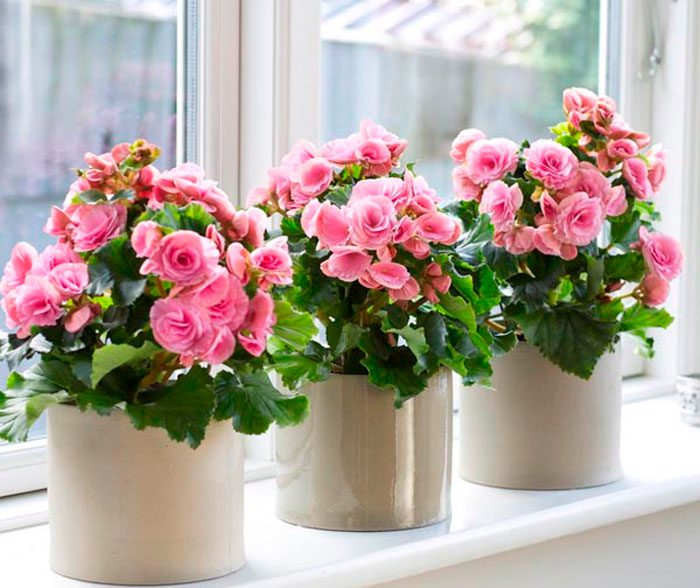
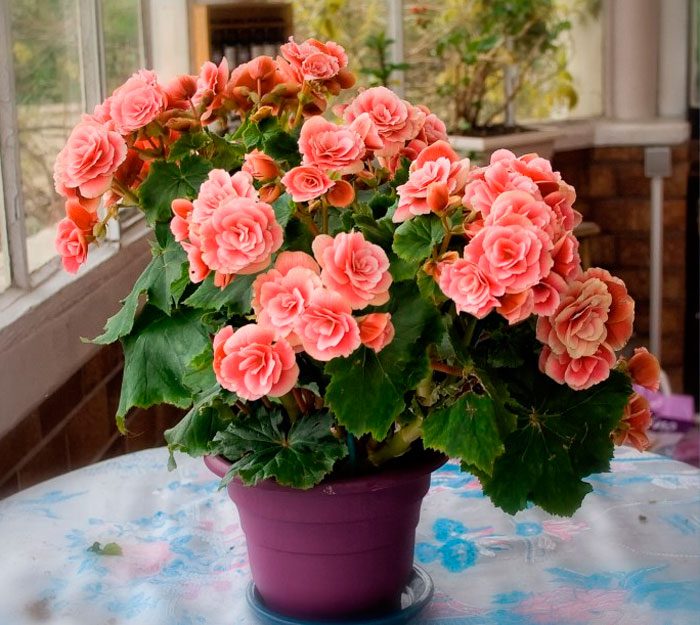
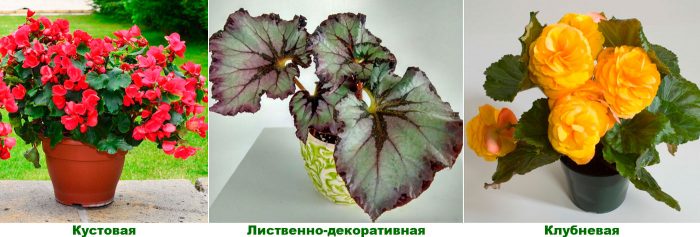
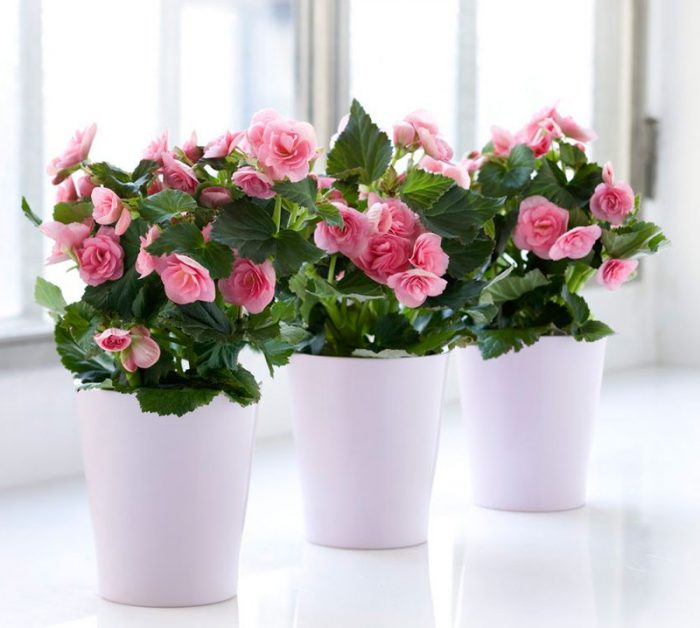
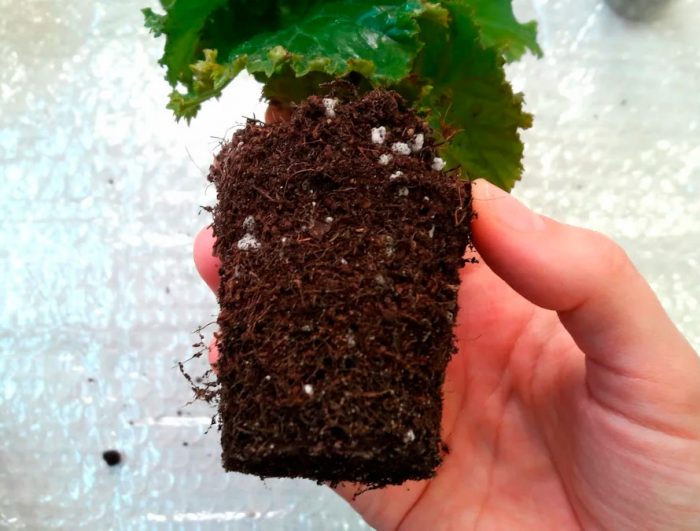

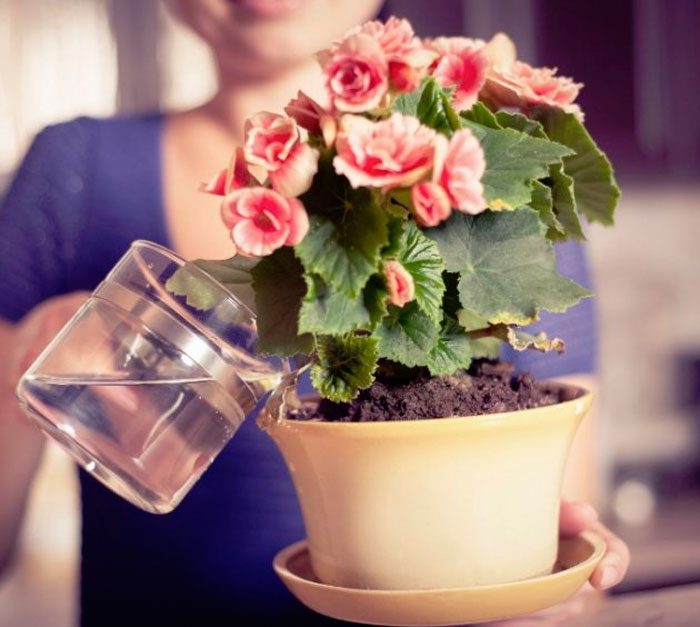
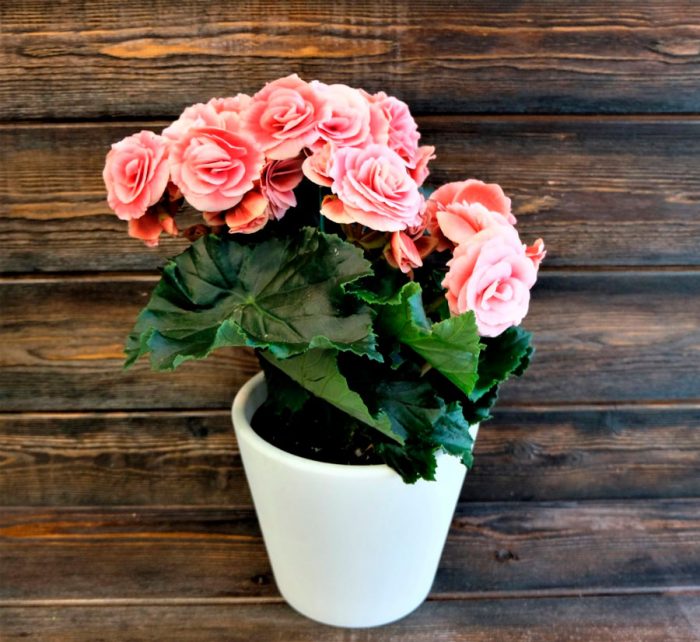
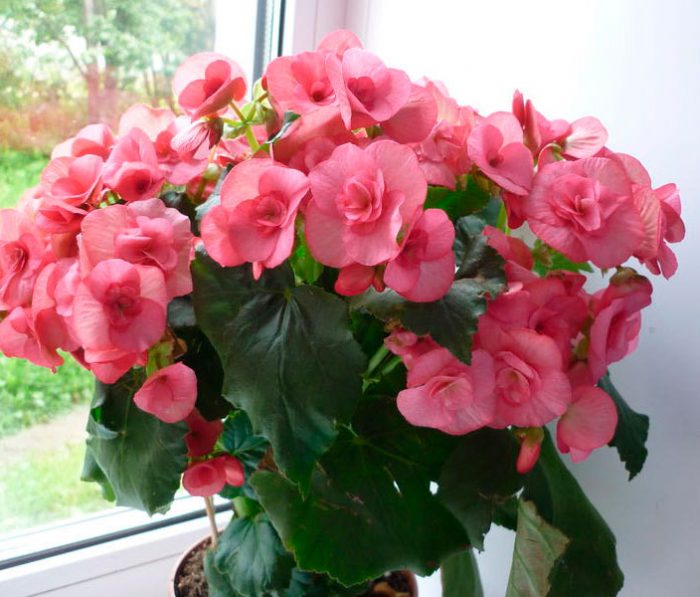
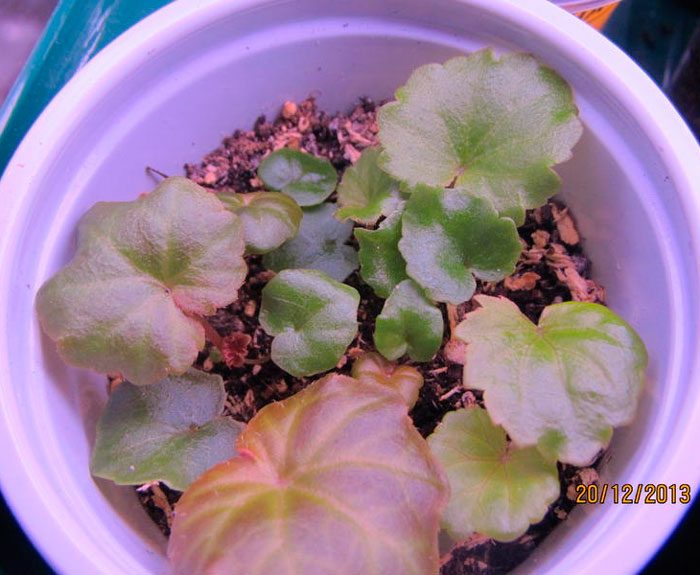


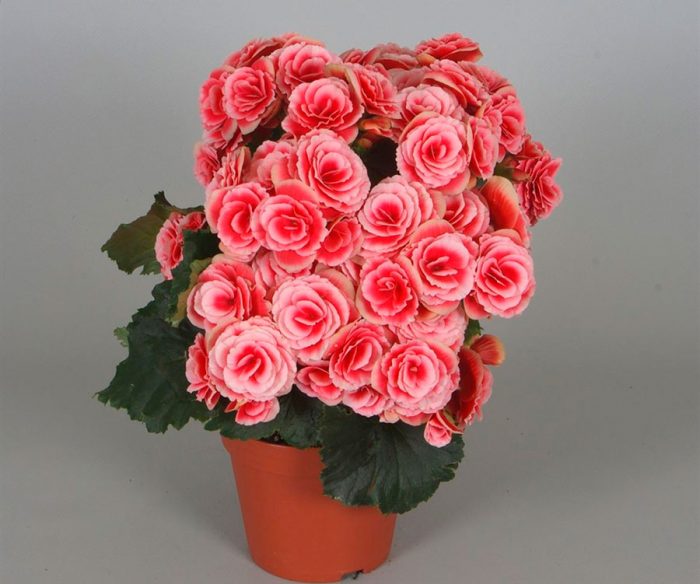
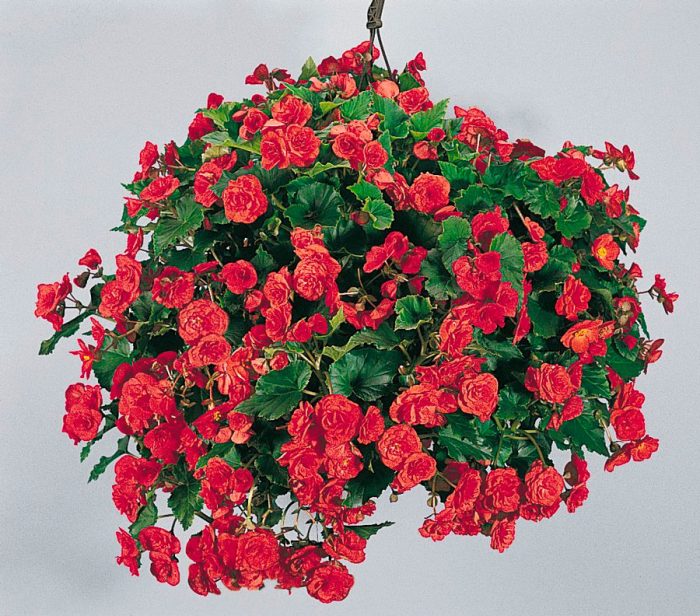
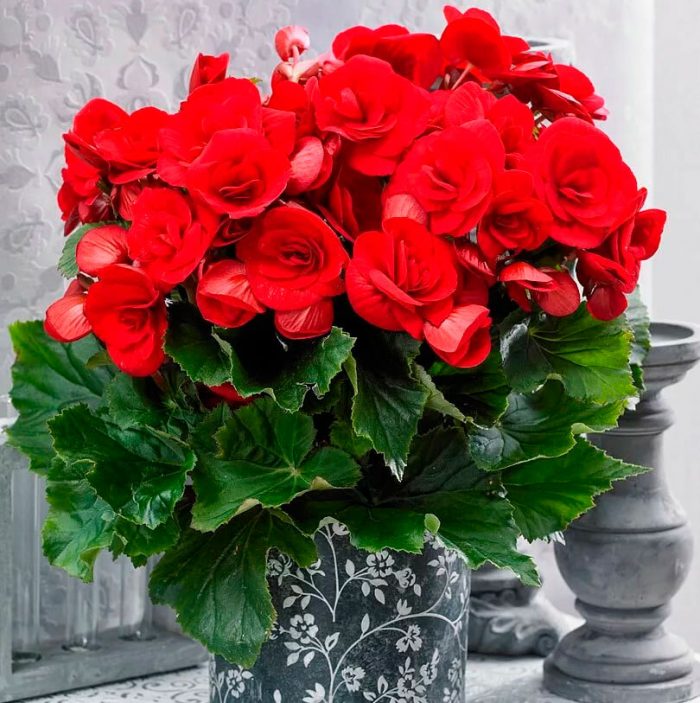
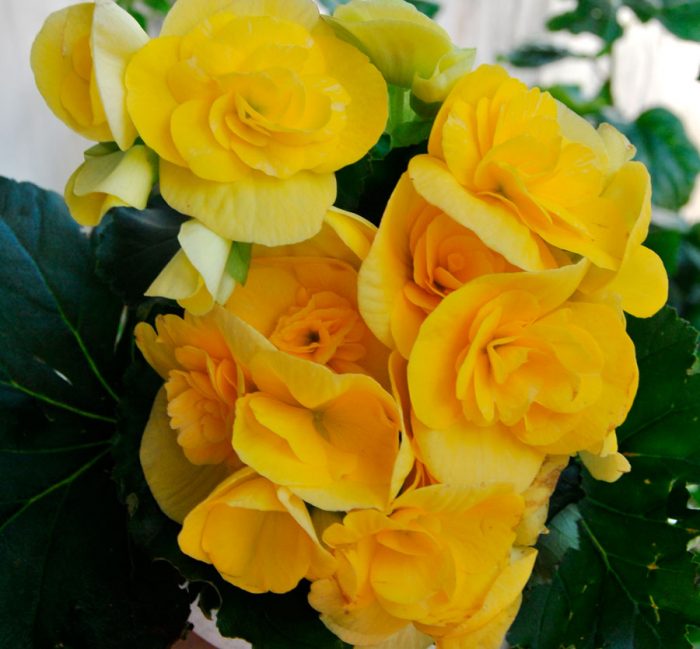
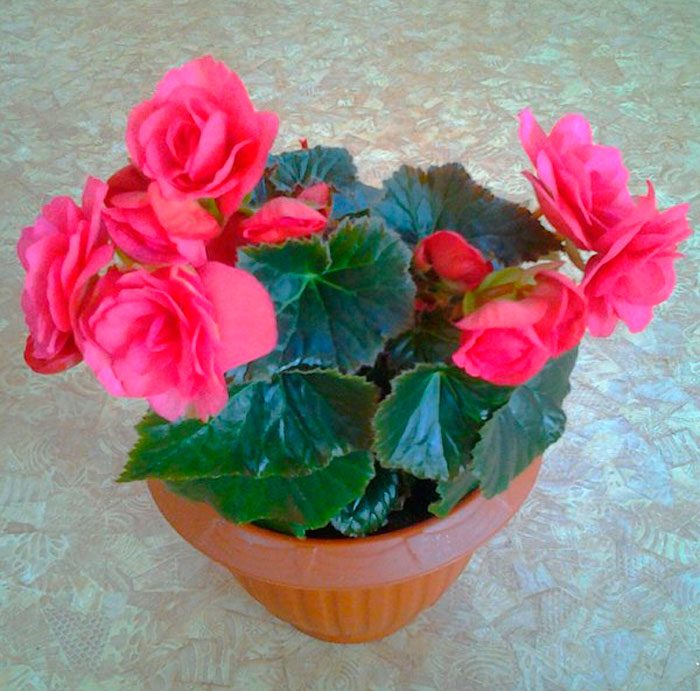
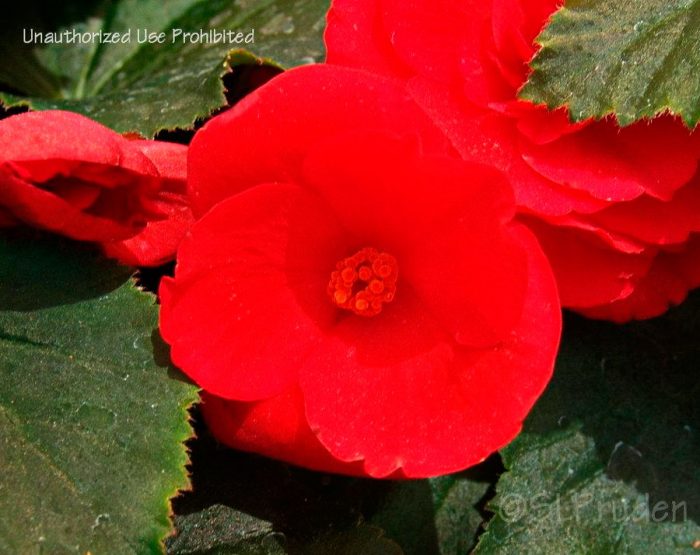
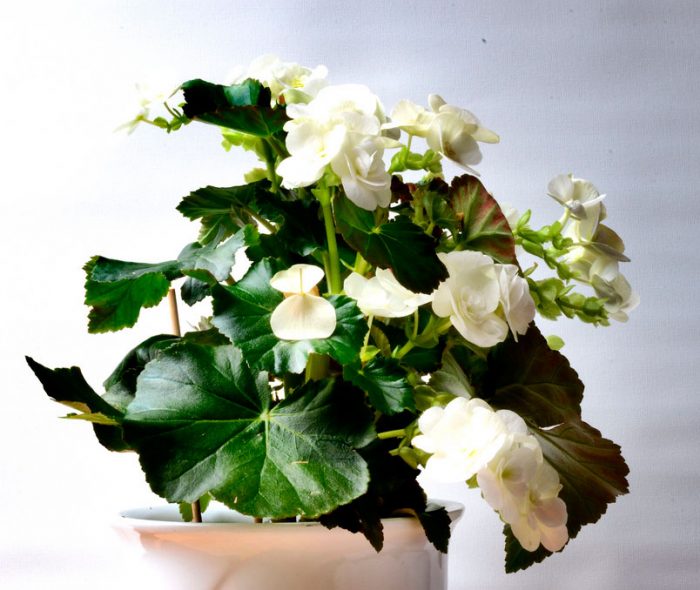
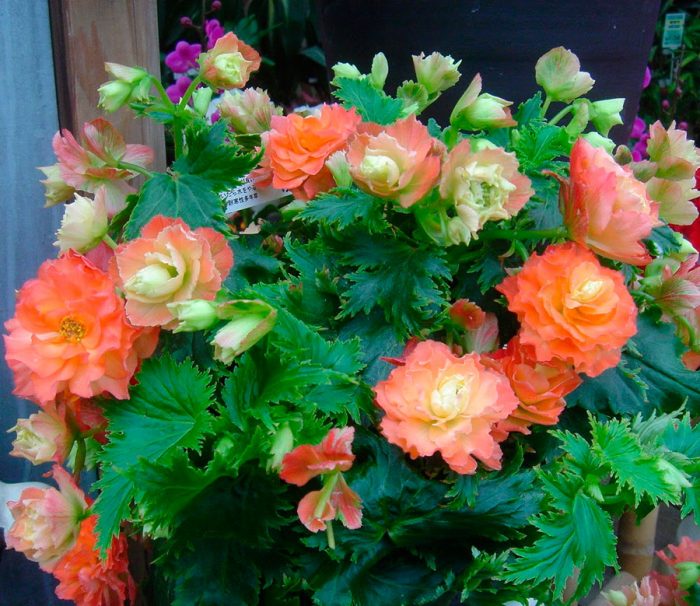
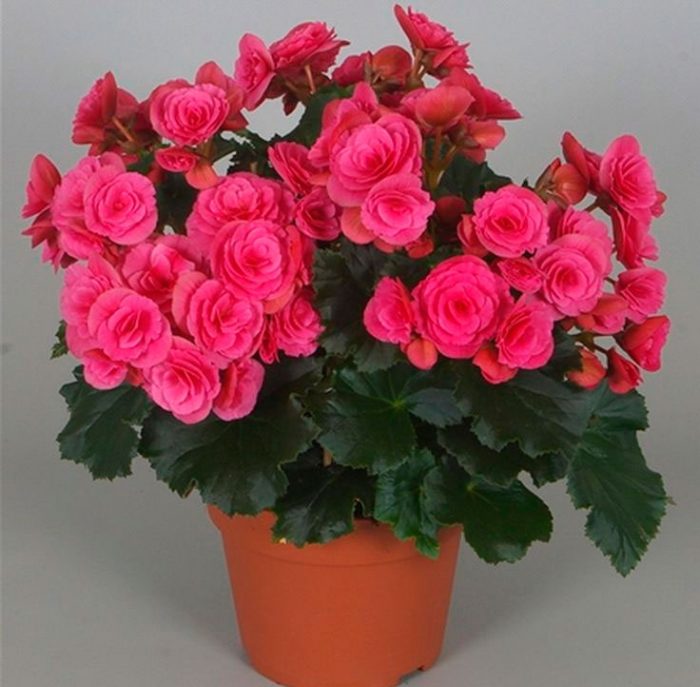
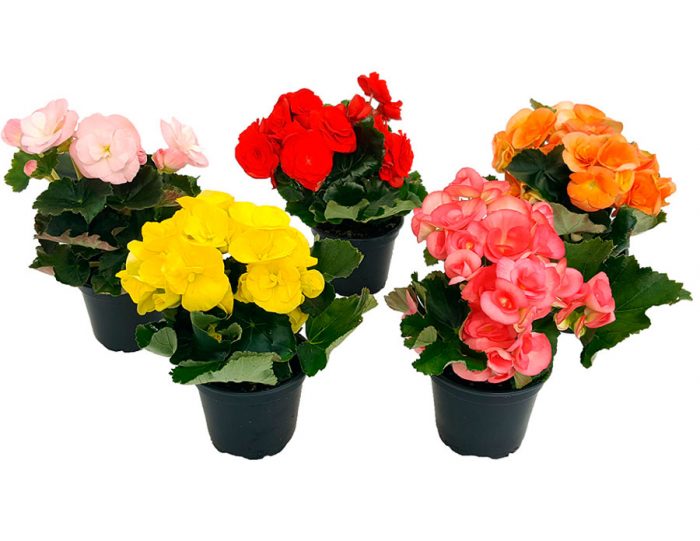
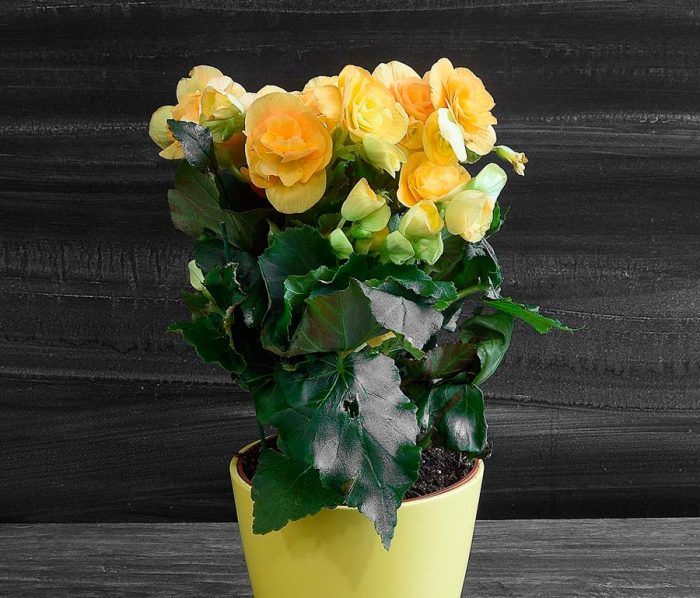





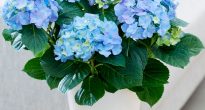


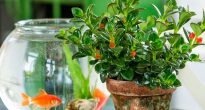

Begonia Elatior is great for home use. The flowers are lush. If you cut off withered flowers and leaves, then the flowering period is extended.
The article is useful. I learned the new names of begonias. Every florist wants to know the name of his pet. From the photo it is easy to determine which flower lives at home on the windowsill.